Housesteads (known as Vercovicium to the Romans) is a Roman fort and town built on a hillside along Hadrian's wall. Of the sixteen forts along the wall, this one is the best-preserved and dates from mid-100AD for almost 300 years by Roman soldiers. While some of the area has been uncovered, parts of it remain buried beneath grass and soil. In addition to being able to walk around the ruins of Housesteads, visitors can also have a look inside the museum. I suggest that visitors start with the museum first before continuing up the hill to Housesteads.

Hadrian built the wall after the previous emperor had conquered a lot of the lands. Instead of expanding the empire, Hadrian visited the far reaches of it and built defenses to continue to keep the northern people out of the land south of the wall.

Ten or fifteen-minute walk to Housesteads site
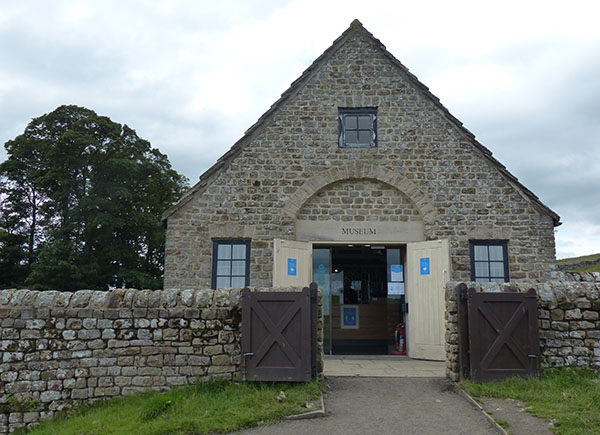
Museum
The Romans would have brought influences with them from the wider empire, and the conquered people in the British islands would have had their own beliefs, and they would have merged with the Roman ideals. In one of the buildings, this stone carving was found with three robed/hooded figures; it was most likely in a shrine.
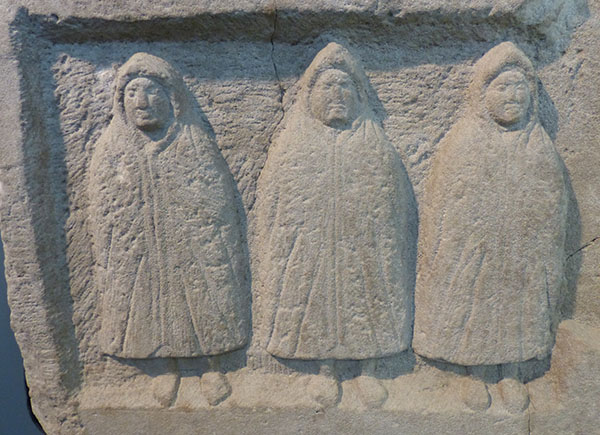
All of the Roman forts were built with the same format with the barracks, granaries, commander's house and headquarters, and hospital. The museum showed a variety of items from stone carvings to metal working items discovered to pieces of pottery and glass and jet for jewellery.

The commander's house had under-floor heating, kitchen, and quarters for servants as well as its own stable and latrine. The commander would have been a Roman citizen of high standing in society.
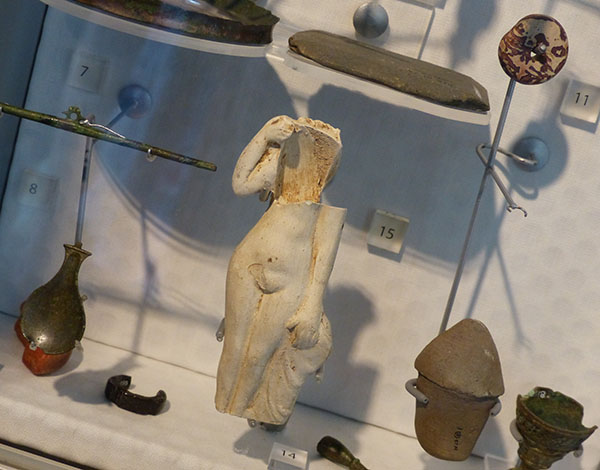
These items were discovered in the hospital and included a mixture of medical instruments and preventative measures, such as jet to ward off evil. A figure of Venus was probably carried for fertility. The hospital may have been two floors and all Roman soldiers were skilled in first aid, and others would have been professionally trained; each military unit had their own doctor and trained medical staff.
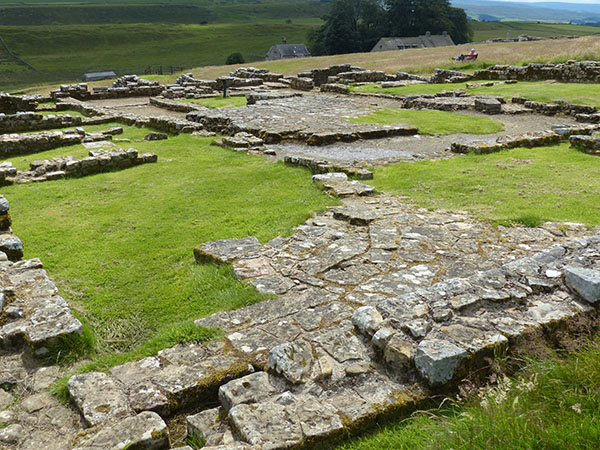
Hospital
The fort and town were abandoned after Rome could no longer hold onto the land, and the people of the north kept invading and destroying the defenses. The defenses were attempted to be rebuilt but out of wood and not stone. The Romans lost control and the government collapsed, and they abandoned Britain. As time went on, the land was used by farmers. Farmhouses (bastle houses) were built on the land in the middle ages, which allowed some form of defense. These structures are mixed within the older ruins.
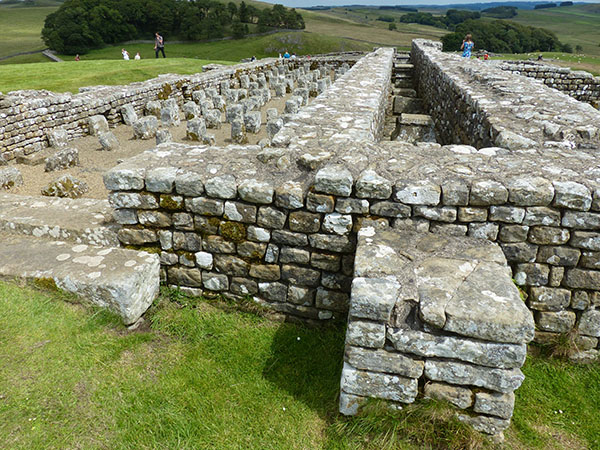
Granaries which were built off the ground to keep grain dry
Ten identical barracks were built, and these were small rooms; up to eighty men would live in one building. A larger room was for the centurion. Each room was lived in by eight men. The room was split in half with half of the room for sleeping and cooking and the other half (at the front) for the equipment. The roof would have extended out to cover the street so that the soldiers could relax outside.

Barracks
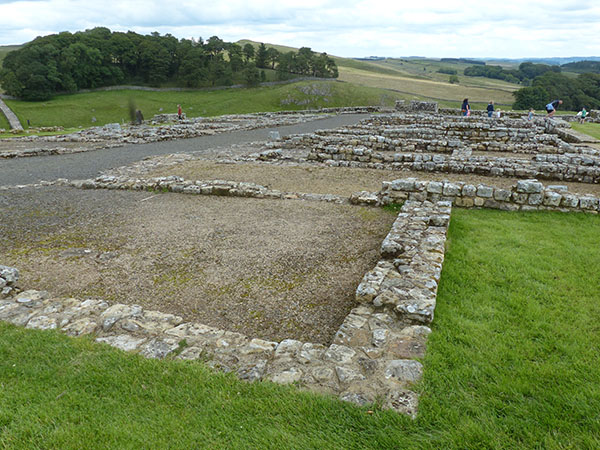
Barracks
One rare item inside the fort was the addition of a small bathhouse. Usually, bath houses were located outside the fort, but it is possible that it had to be inside due to outside threats.
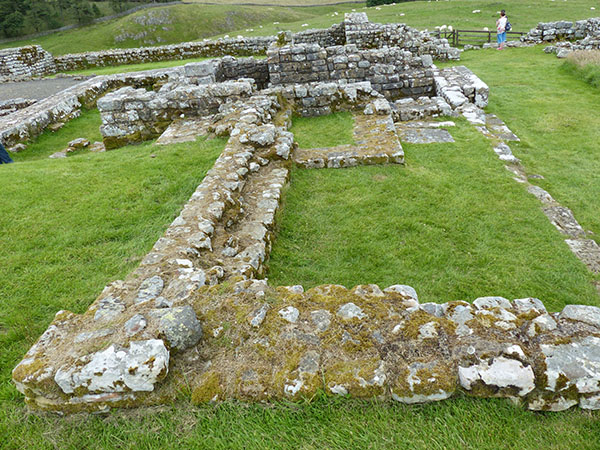
Baths
Along the walls on the edge of the forts were ovens where bread could be baked.
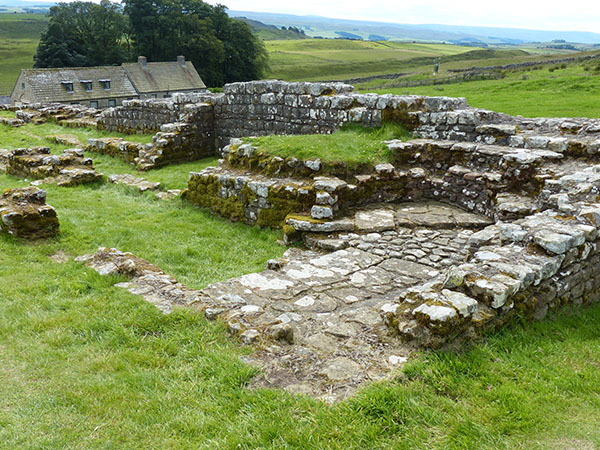
Bakehouse
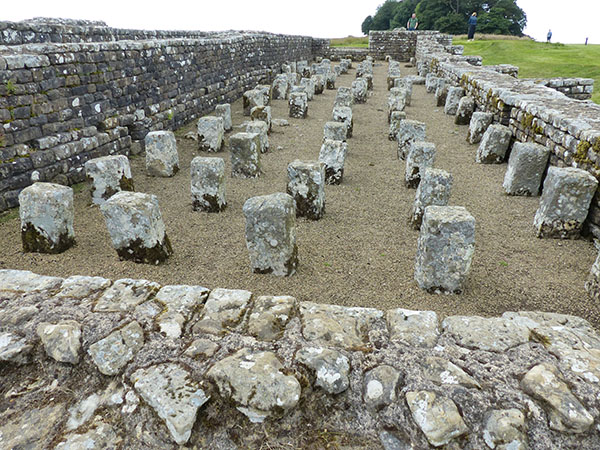
Granary
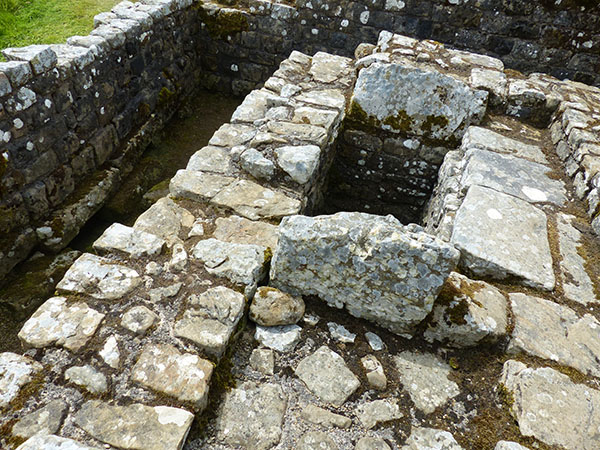
I believe this is a latrine in the commander's house or hospital
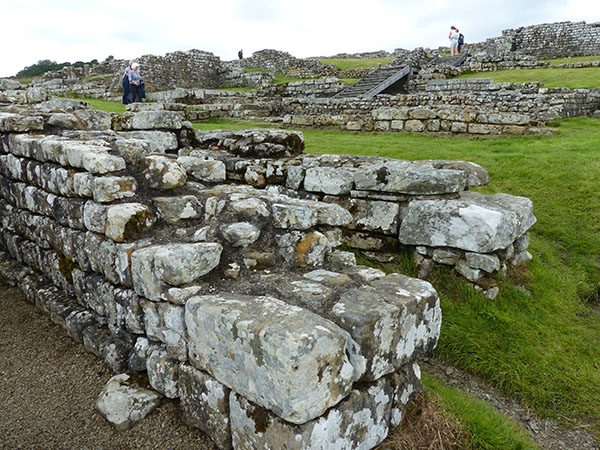
Gate entrance and stables
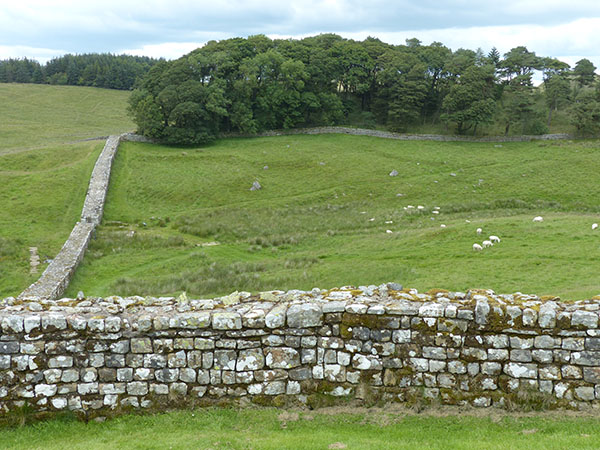
Roman wall and milecastle in valley (to the left)
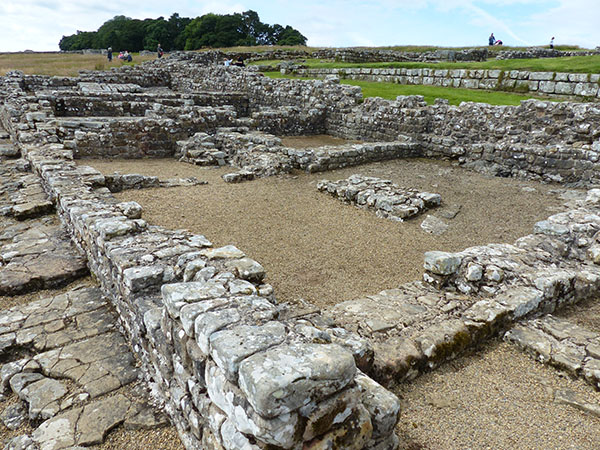
Commander's house
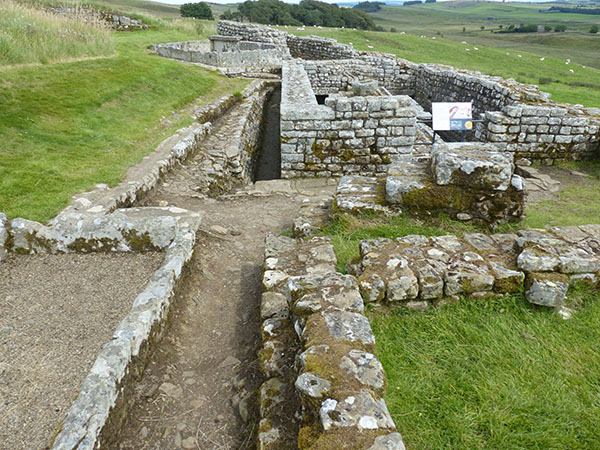
Wall at the edge of fort
The latrines at Housesteads are in very good condition and well-preserved. The latrines have a trough arounnd them, which would have been covered by a wooden floor with seats to sit on.
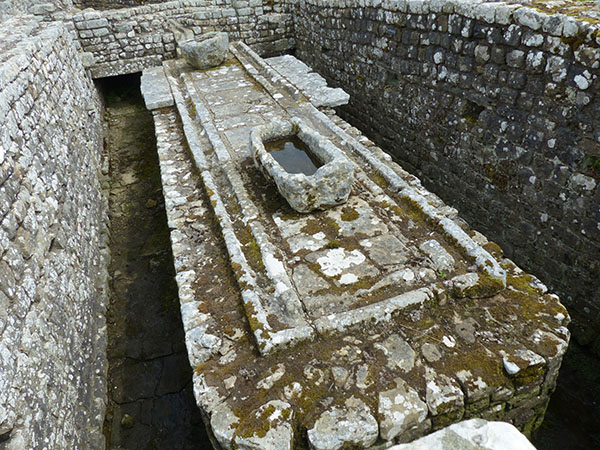
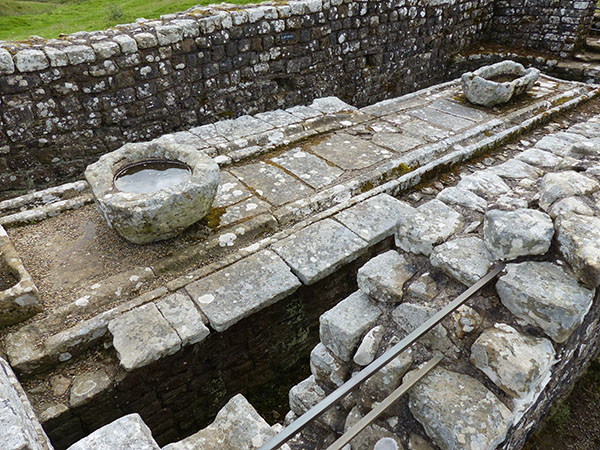
Outside the fort was the town, and the remains of some buildings can be seen. This is where trades people and merchants would have lived with protection of the fort. The soldiers would have had their families live here too, and there would have been shops and pubs here. In one of the houses outside, two skeletons were discovered buried, which hints that this would have been a murder that had taken place.
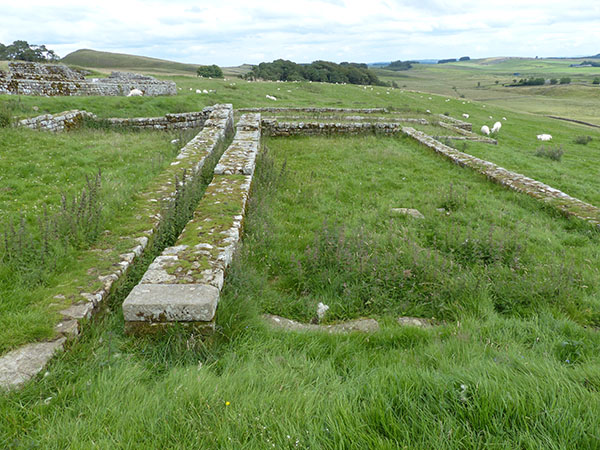
Housesteads has impressive views, and visitors here can also walk further along Hadrian's Wall and to additional milecastles and Sycamore Gap.

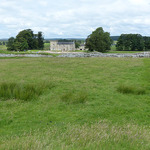

Leave a comment